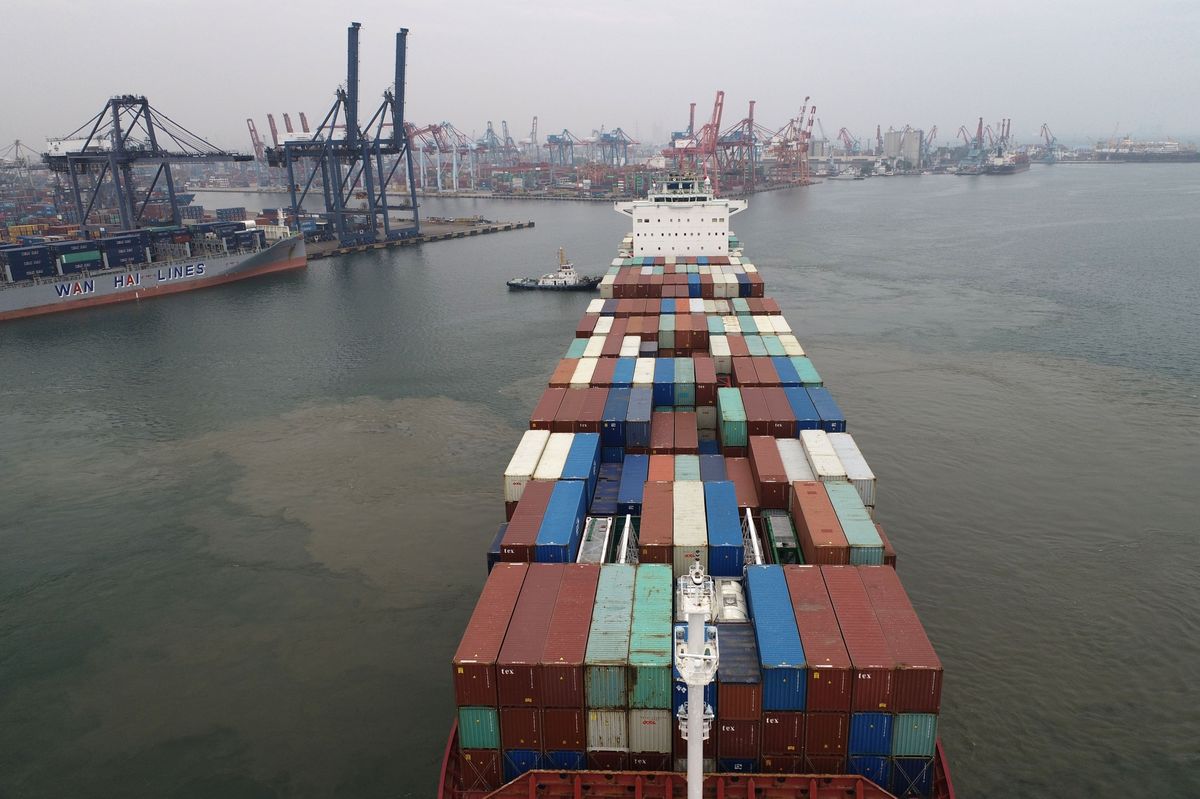Signs of an economic downturn in numerous nations
It will be a minor miracle if most European countries can escape a recession and pretty close to a miracle if the US can avoid a similar fate.

Supply shocks that reduce output and lift inflation tend to lead to recessions. Photo: Dimas Ardian/Bloomberg
The signs of recession lie in many places. They include the nature of the shocks that have hit the global economy recently. For we’ve seen a major adverse supply shock in the shape of Russia- Ukraine conflict, and it has come not long after another huge supply shock – Covid-19. Supply shocks that reduce output and lift inflation tend to lead to recessions if, for no other reason than they are much harder for policymakers to deal with than an adverse demand shock.
Indeed, the major response of policymakers to this shock has been sharp hikes in policy rates and an end to quantitative easing; both of which are slowing growth, probably to recessionary levels. The strength in the dollar creates more recessionary risks, particularly for emerging countries that have relatively large amounts of dollar debt.
Economic survey data is increasingly becoming consistent with recession whether we look at the ZEW survey we saw from Germany over the past time, the US NFIB survey or the plethora of survey data from other countries that tells a similar story. Financial market movements, besides the dollar’s rise, also point to recession, whether that’s the developing bear market in equities or yield curve flattening/inversion, particularly in the US.
Another key issue is that in those countries where policymakers are not being forced to hike rates sharply, we are still seeing little growth momentum that can lift the rest of world. Here we are specifically thinking of China.
Could recessions be avoided? Mr. Steve Barrow, Head of Standard Bank G10 Strategy said there would be some factors that policymakers point to such as the health of household balance sheets; a leftover from the pandemic. But soaring inflation and asset price destruction is whittling these away fast. The tight labour market is also cited, particularly by the Fed. But, the health of the US economy will be determined not by the 5.9 million unemployed that might not be able to get a job now, but by the 158mn that are in work and are seeing their cost of living increase significantly thanks to rising inflation.
In the UK, candidates for the vacant post of Prime Minister are promising that tax cuts can avoid economic hardship but it is far too late for that and in the UK, like other countries, there just isn’t the fiscal headroom given all the Covid bills that are still being paid. Monetary policy could conceivably still come to the rescue, but only if inflation really starts to tumble and, in our view, that’s unlikely right now. Rate cuts will come in time, but probably only after recessions have developed.
In Mr. Steve Barrow’s view, recessions seem unavoidable, particularly in Europe. Will downturns be modest and brief, or large and prolonged? Much depends here on how events unfold in some of the key unknowns. In Europe that primarily means the supply of gas from Russia. If that stops after pipeline maintenance over coming weeks it would undoubtedly turn what might have been a modest recession into something quite catastrophic. Another factor is the possibility that recessionary pressure unleashes destabilising financial strains. These could be in periphery bond markets in the euro zone for instance, or in credit conditions more widely. Measures of systemic stress are rising and financial strains will tend to bubble up and make recessionary pressure more intense. On a positive note, less output will be lost than we saw during Covid, but weakness could prove more durable and, for that reason, more damaging to financial asset prices.








